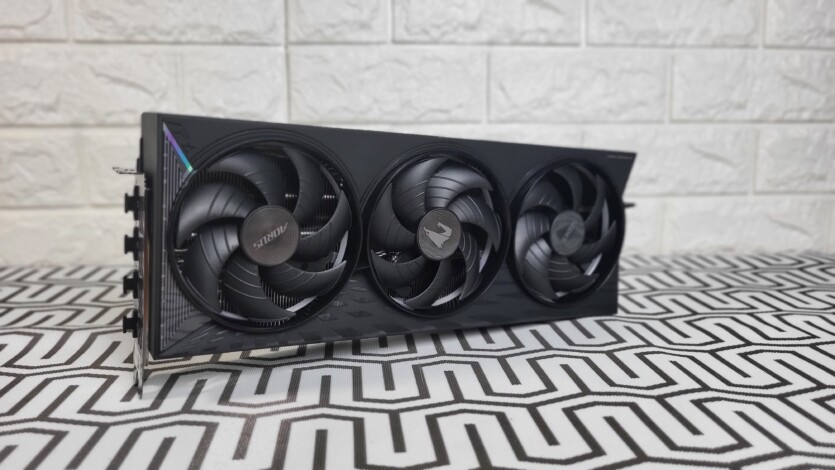
Since their release, graphics cards based on RDNA4 architecture have already managed to win the hearts of «red camp» fans thanks to their good price/performance ratio. This time, Gigabyte Radeon RX 9070 XT AORUS ELITE came to the editorial reviewwhich boasts decent performance, high frequencies, and a proprietary cooling system
Content
- 1 Technical specifications of ASUS AMD Radeon RX 9070 XT 16GB Prime OC
- 2 Test bench
- 3 Package, appearance and cooling of Gigabyte Radeon RX 9070 XT AORUS ELITE
- 4 Performance and architecture
- 5 Gigabyte Radeon RX 9070 XT AORUS ELITE gaming performance
- 6 Power consumption, noise and heat
- 7 Our own experience of using
- 8 Prices and competitors
Technical specifications of ASUS AMD Radeon RX 9070 XT 16GB Prime OC
| Interface | PCI-E Gen 5 x16 |
| Technical process | 4 nm |
| Graphics processor | Navi 48 |
| VRAM speed | 20 Gbps |
| VRAM capacity | 16 GB GDDR6 |
| Memory bus | 256-bit |
| Streaming processors | 4096 |
| Exits | 2 x DisplayPort v2.1a |
| 2 x HDMI v2.1b | |
| Power connector | 3 x 8 Pin |
| Energy consumption | 340 W |
| Recommended power supply | 850 W |
| Additionally | Switch between Silent and Game modes |
| Dimensions | 339 x 156 x 59 mm |
| Weight | 1 569 grams |
| Takes up space | 3 slots |
Test bench
The GIGABYTE Radeon RX 9070 GAMING OC graphics card was tested on a test bench with the following components:
- Motherboard ASRock X870E Taichi;
- ProcessorAMD Ryzen 7 9800X3D;
- Cooling MSI MAG CORELIQUID I360;
- Drive Samsung 990 PRO MZ-V9P1T0BW;
- RAM G.Skill Trident Z5 CK 2x24Gb Royal;
- Power supply MSI MPG A1000G PCIE5 1000W;
- Body MSI MPG GUNGNIR 300R AIRFLOW.
Package, appearance and cooling of Gigabyte Radeon RX 9070 XT AORUS ELITE
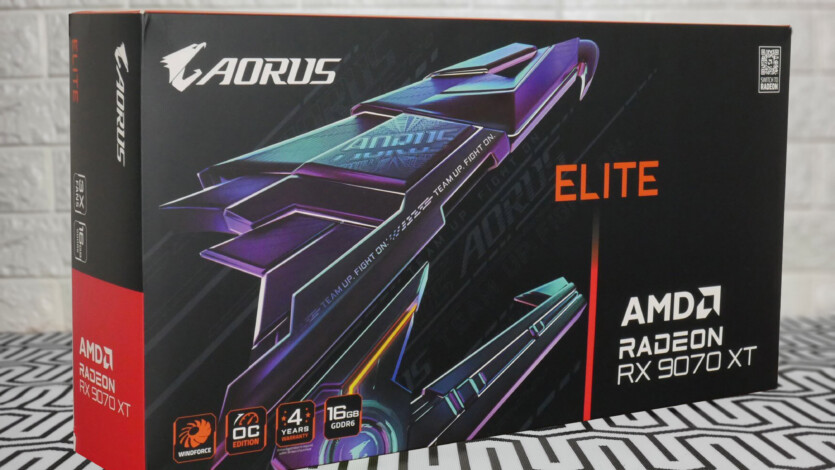
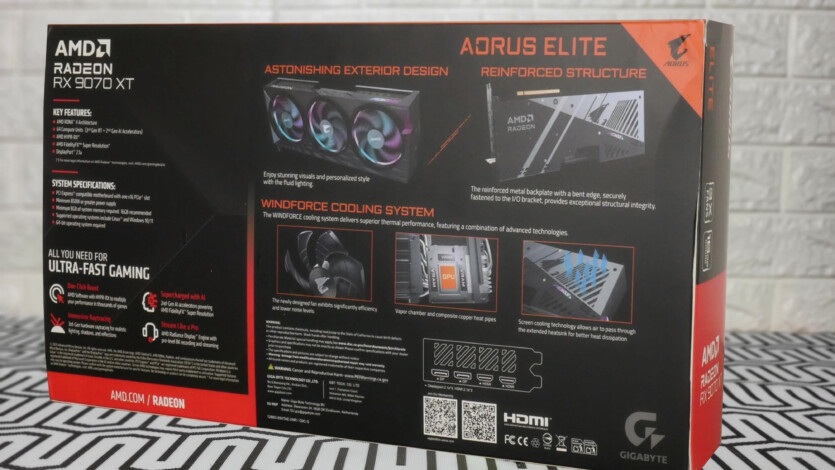

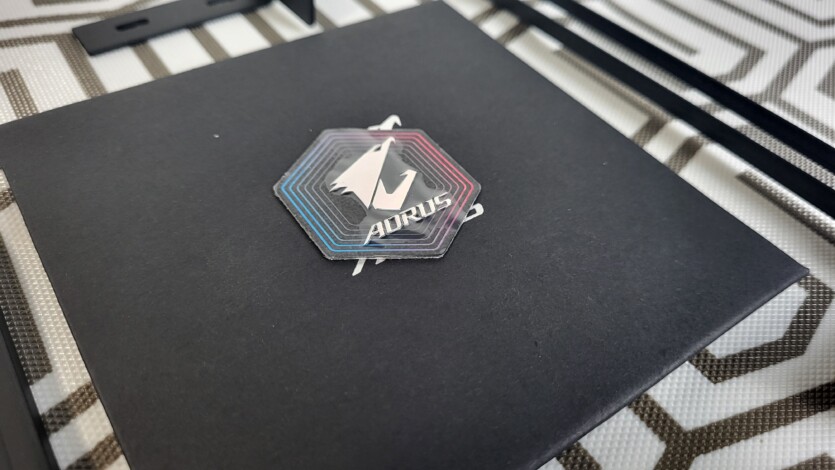
The Gigabyte Radeon RX 9070 XT AORUS ELITE comes in a premium package with a distinctive AORUS logo. Since the video card arrived for the editorial review together with the younger model — RX 9070 XT in a paired set from AMD, there was no branded box. However, if you buy the regular version, you’ll find several accessories inside, in addition to the card itself: a quick user guide, a video card holder to prevent it from sagging, and an AORUS sticker for the PC case.

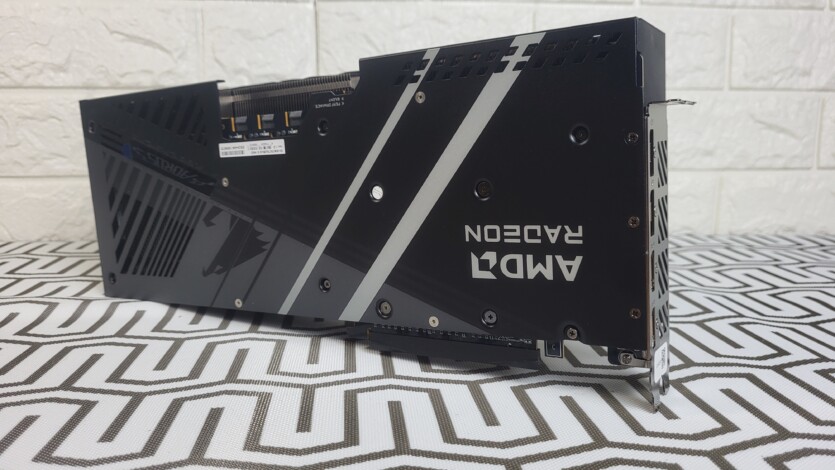
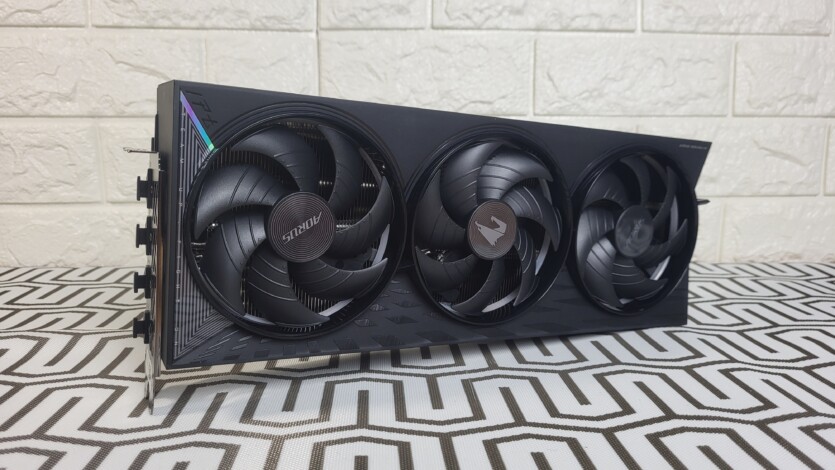

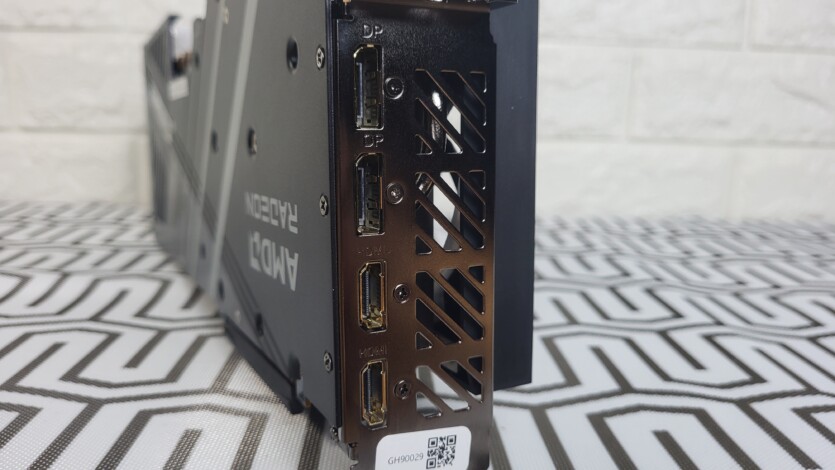
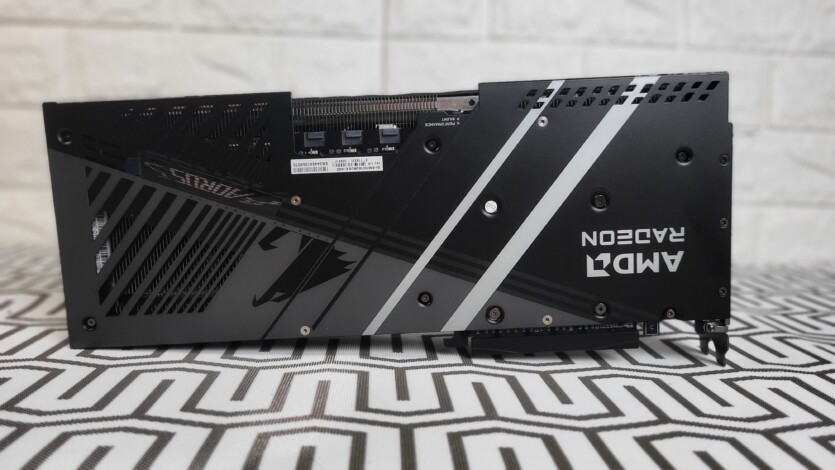
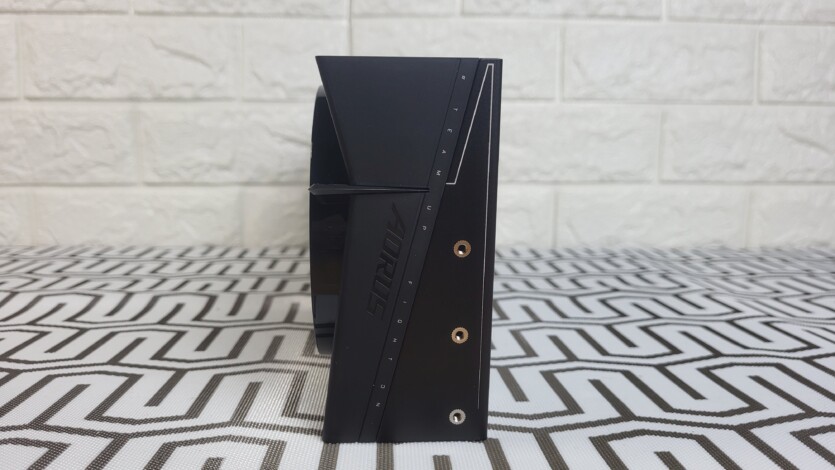

The appearance combines laconicism and some gaming elements. The dimensions of Gigabyte Radeon RX 9070 XT AORUS ELITE (339 x 136 x 59 mm) make it quite massive, which requires a spacious case. The plastic casing is made with a combination of different textures and colors, which adds to the visual appeal. The metal back plate with ventilation holes not only adds strength, but also contributes to better heat dissipation
The RGB backlighting is particularly noteworthy: the AORUS logos on the side panel and back plate, as well as the Halo Ring fan lights, create a spectacular look. The backlighting is configured through Gigabyte Control Center, although the program can sometimes cause difficulties due to unstable synchronization with other components.
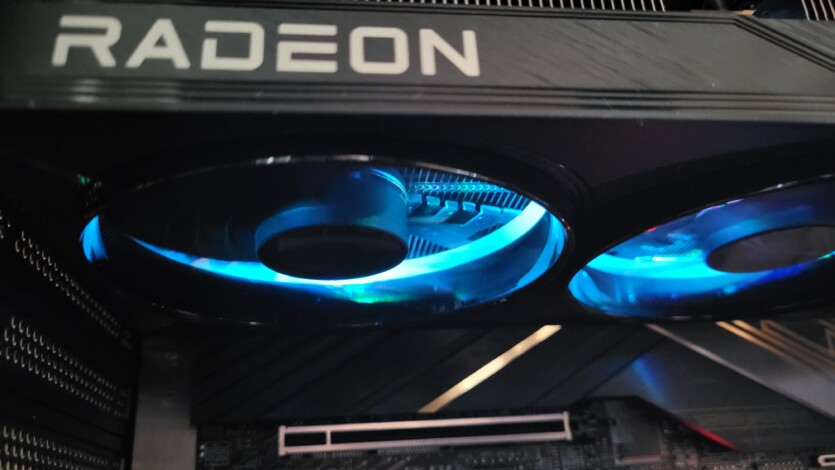
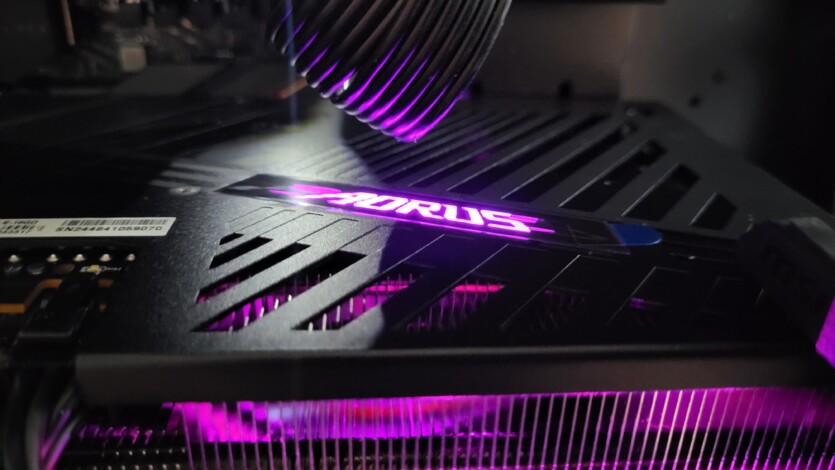
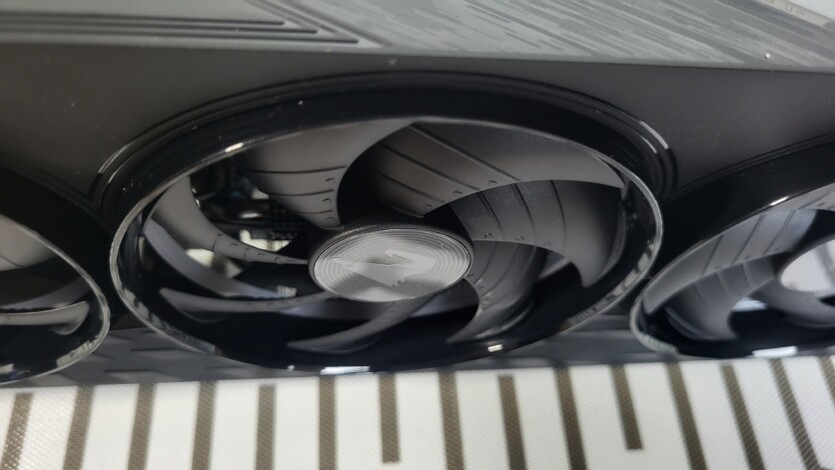
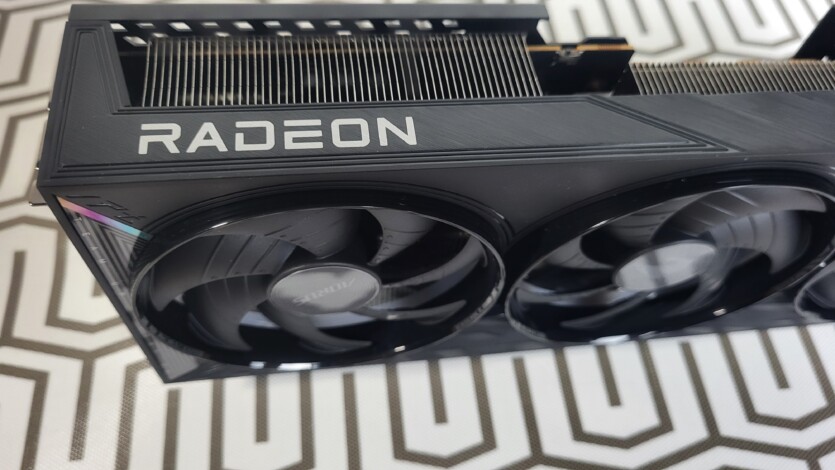
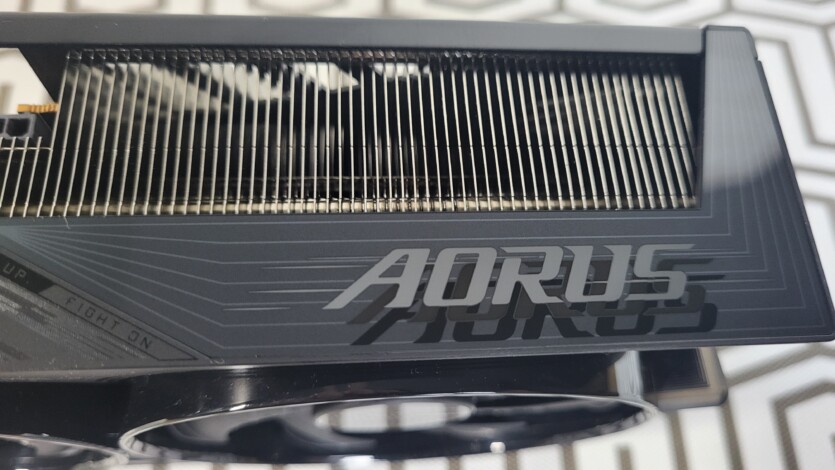
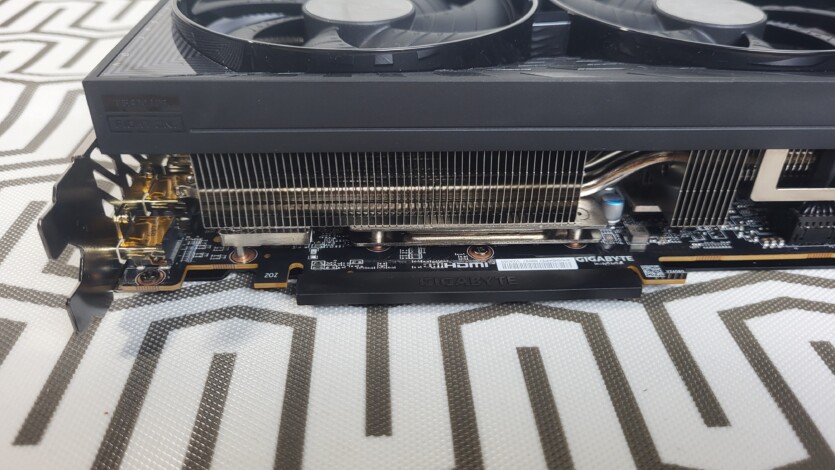
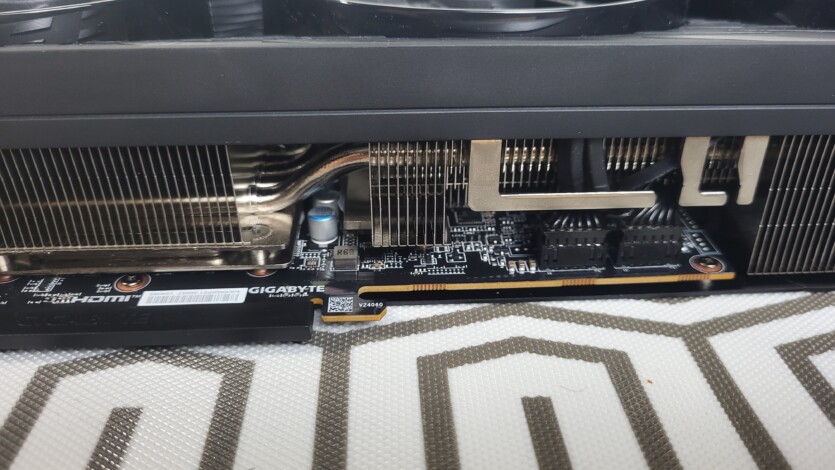
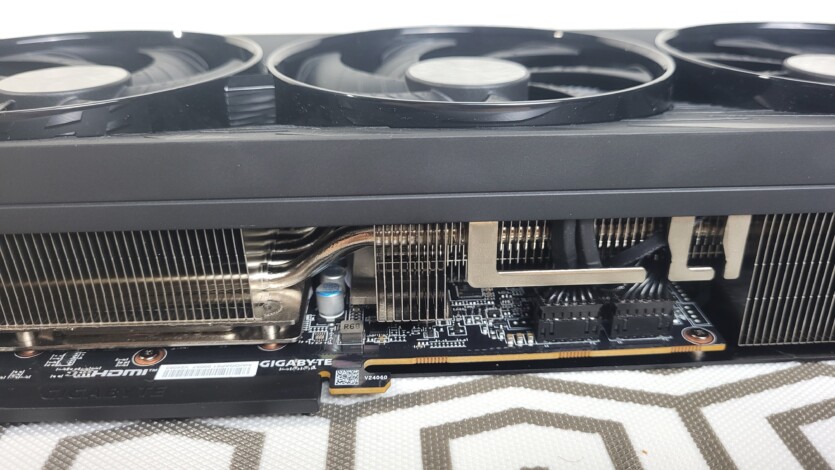

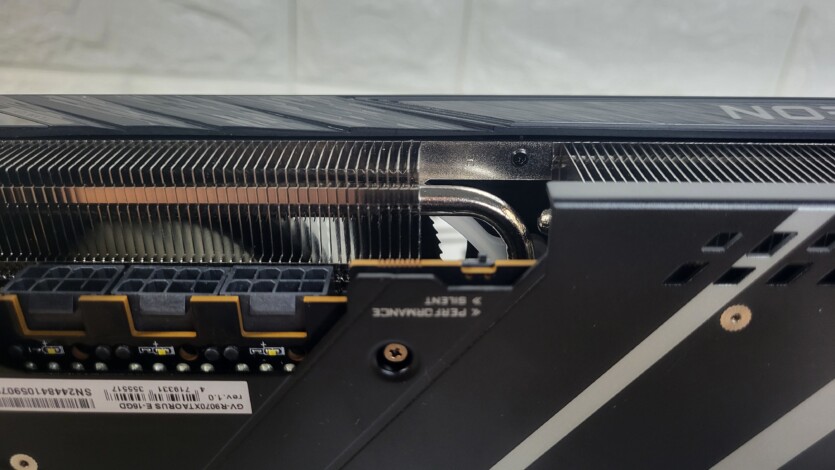

The WINDFORCE cooling system is positioned by the manufacturer as one of the card’s strongest points. It includes three Hawk fans with alternative rotation technology. It rotates the middle fan in the opposite direction to optimize airflow.
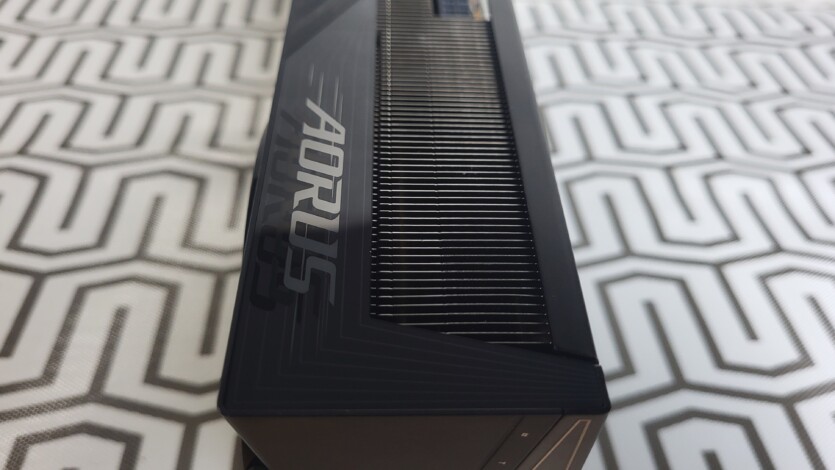
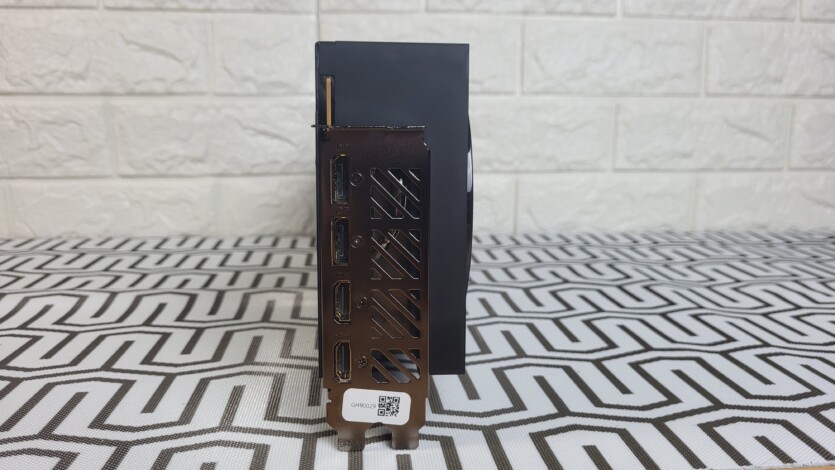
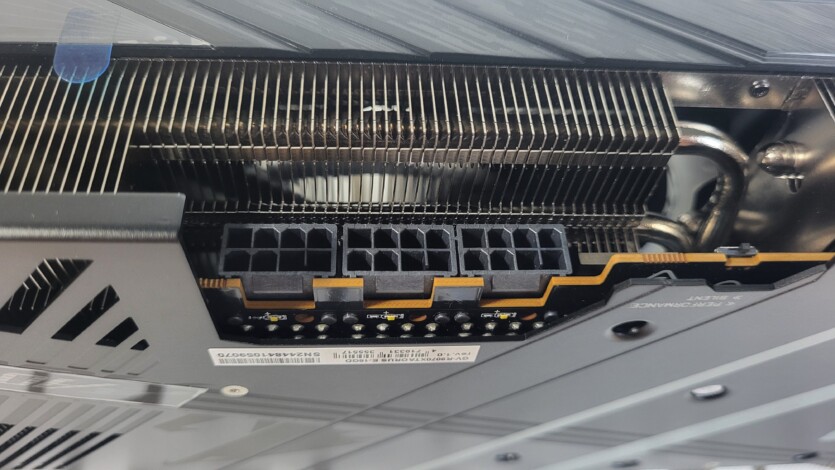
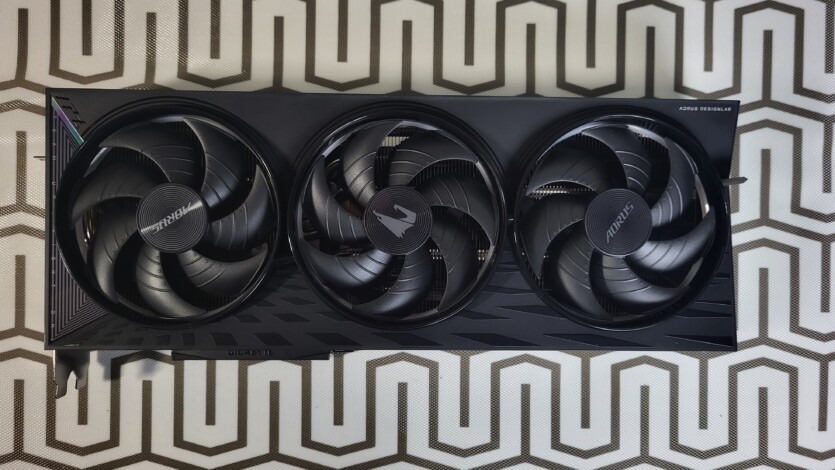
The fans are equipped with graphene nanolubricant, which Gigabyte claims reduces noise and increases durability compared to traditional bearings. A heat-conducting gel is located under the shroud, and a large evaporation chamber and copper heat pipes remove heat from the GPU The Dual BIOS feature allows you to switch between Performance and Silent modes, allowing you to choose between maximum performance and reduced noise.
Performance and architecture
| Comparative characteristics of GeForce NVIDIA RTX 5070 Ti and RX 9070 XT (Aorus) | ||
| Manufacturer | RTX 5070 Ti | AMD RX 9070 XT |
| Architecture | Blackwell | RDNA 4 |
| Code name | GB203 | Navi 48 |
| Base frequency | 2588 MHz | 2400 MHz |
| Shader blocks | 8960 | 4096 |
| Texture Modification Units (TMUs) | 280 | 256 |
| Output units (ROPs) | 96 | 128 |
| Computing units | 70 | 64 |
| Tensor kernels/ AI kernels | 280 | 128 |
| Ray tracing kernels | 70 | 64 |
| L1/ LO AMD cache | 128KB per cluster | 64KB per cluster |
| AMD L2/ L1 cache | 48MB total | 8 MB total |
| AMD L3 cache | – | 64 MW |
| Pixel Fill Rate | 248.4 GPix/s | 396.8 GPix/s |
| Texture Fill Rate | 724.6 GTex/s | 793.6 GTex/s |
| Interface | PCIe 5.0 x16 | PCIe 4.0 x16 |
| TGP | 300 W | 340 W |
| Production | TSMC | TSMC |
| Technical process | 5 nm | 5 nm |
| Crystal size | 263 mm² | 357 mm² |
| Transistor density | 118.25 MPa/mm² | 151 MTr/mm² |
| Memory type | GDDR7 | GDDR6 |
| Memory capacity | 16 GB | 16 GB |
| Effective memory frequency | 28,000 Mbps | 20,000 Mbps |
| Tire | 256 bits | 256 bits |
| Number of transistors | 45 600 М | 53 900 М |
The Gigabyte Radeon RX 9070 XT AORUS ELITE is based on AMD’s RDNA 4 architecture, which returns to a monolithic design after the RDNA 3 chip structure. Manufactured on TSMC’s 4nm process technology, the card features 4096 stream processors, 64 compute units, 64 third-generation ray tracing accelerators, and 128 second-generation AI accelerators. Factory overclocking allows the card to reach Boost speeds of up to 3100 MHz, which is significantly faster than reference models.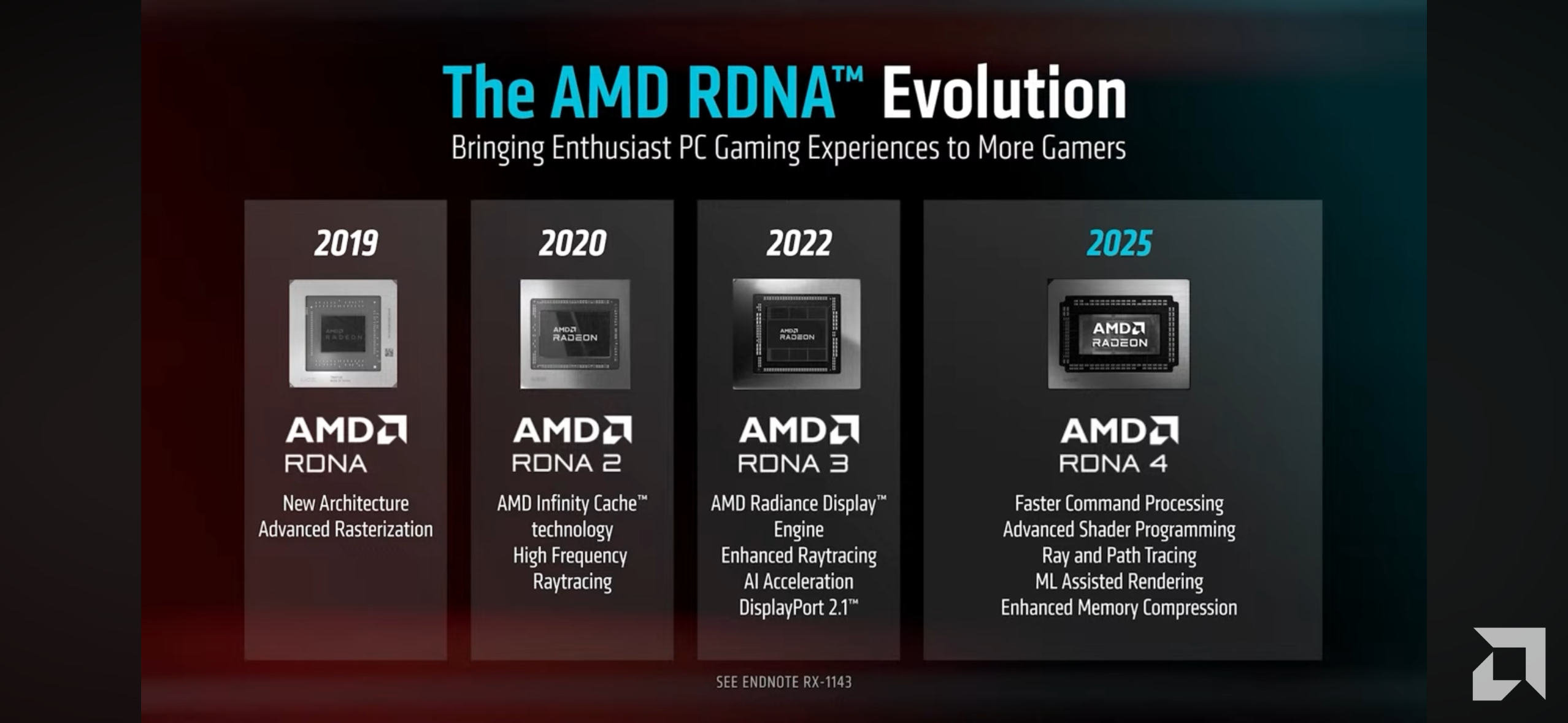 New accelerators with dual intersection engine support increase performance in ray-tracing games by 30% compared to the RDNA 3 flagship RX 7900 XTX. This allows the card to confidently handle modern games that actively use ray tracing. You can learn more about AMD architecture in the article:Overview of AMD RDNA 4 architecture: the red punch
New accelerators with dual intersection engine support increase performance in ray-tracing games by 30% compared to the RDNA 3 flagship RX 7900 XTX. This allows the card to confidently handle modern games that actively use ray tracing. You can learn more about AMD architecture in the article:Overview of AMD RDNA 4 architecture: the red punch
.
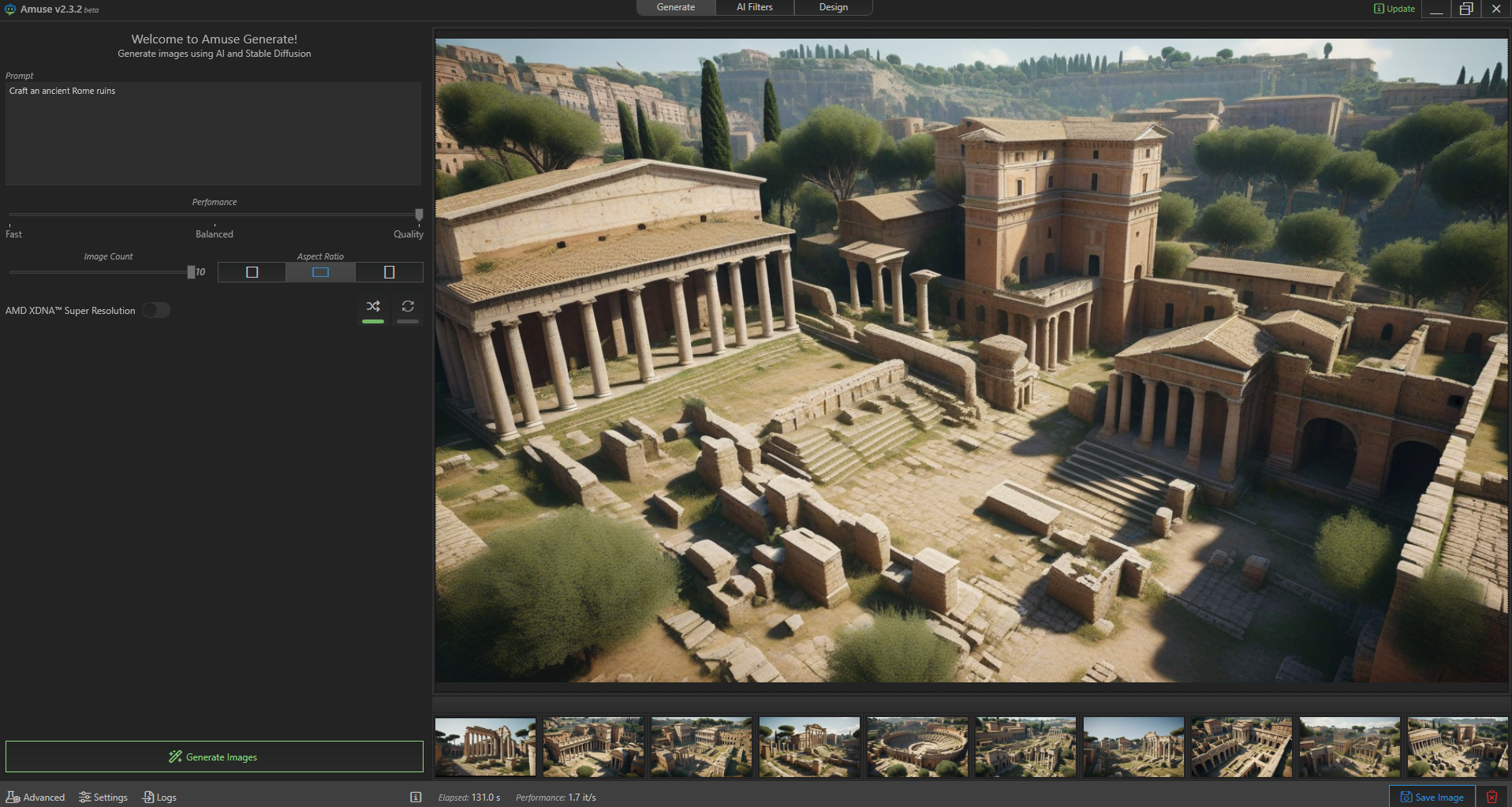
The AI accelerators support FP8, doubling the performance of FP16 and quadrupling the performance of INT8. This ensures high-quality scaling with AI-powered FSR 4. In the offline Amuse image generator, the Gigabyte Radeon RX 9070 XT AORUS ELITE generated 10 images on a high preset in 131 seconds. In this aspect, the RTX 5070 Ti is 8% faster.
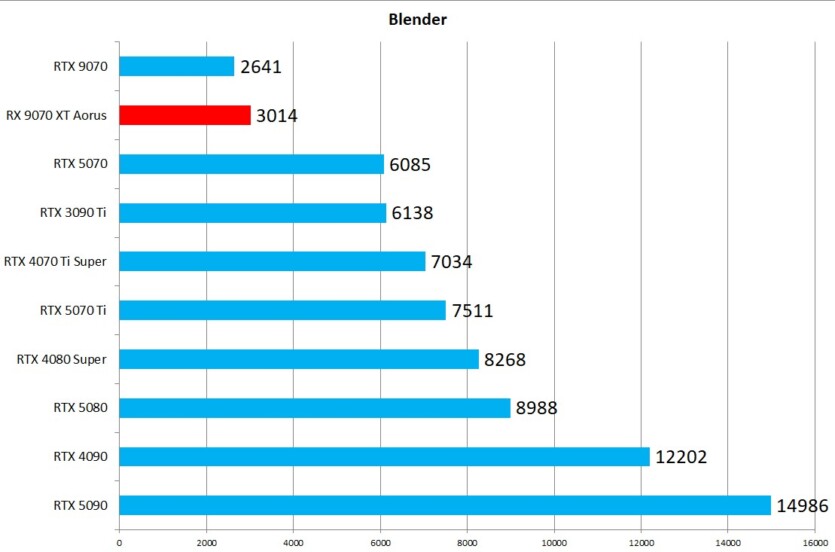
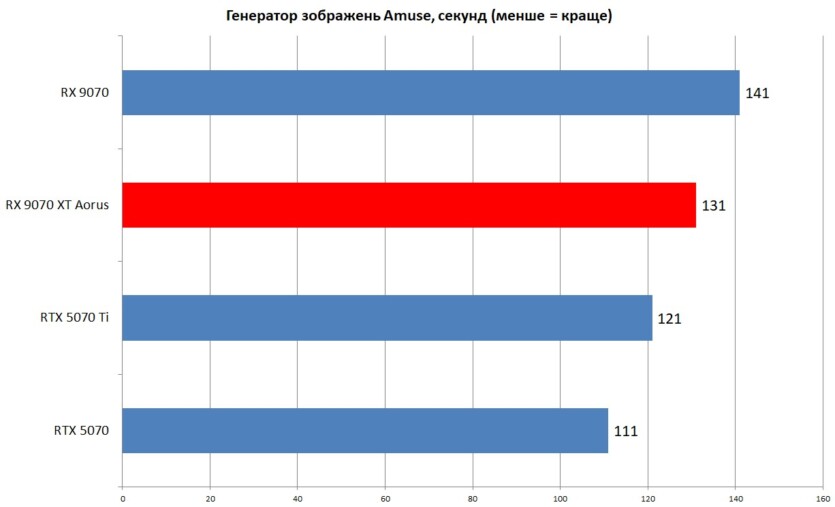
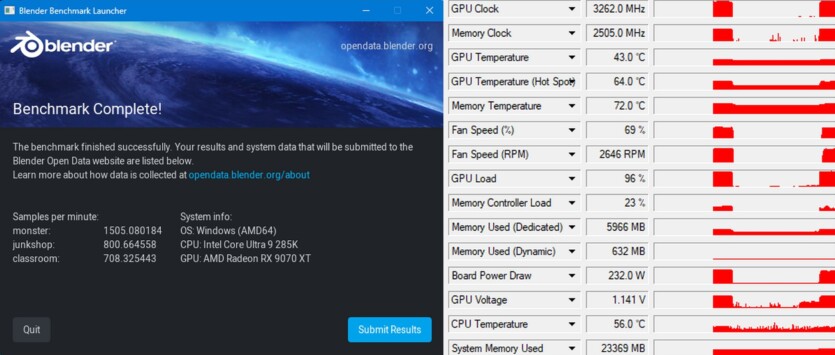
It is worth noting improved support for H.264, HEVC, and AV1 codecs, which makes the card interesting for streamers and content creatorsIn Blender, Radeon graphics cards traditionally don’t catch stars from the sky, because the number of blocks is noticeable. That’s why the difference in performance with the RTX 5070 Ti is as much as 249%. Realistic Interior Lightning crashed with a driver error during rendering, so no results are presented here.
Gigabyte Radeon RX 9070 XT AORUS ELITE gaming performance
A little more than a month ago, we tested the Radeon RX 9070 XT graphics card from Asus. As you can see, a lot of water has flowed since then, with drivers and game versions changing. Therefore, it is interesting to see if developers and manufacturers have taken into account the shortcomings that arose when launching the new RDNA4 graphics card architecture and whether they have worked on the bugs. Despite a huge number of patches and changes, S.T.A.L.K.E.R. 2 delivers 44 fps in 4K without DLSS and a frame generator. This is only one frame more than the Asus graphics card demonstrated. The increased frequencies are noticeable, but still, it is 15.5% less than the RTX 5070 Ti. With the help of the frame generator and FSR, we get 114 fps. This is more than the RTX 5070 Ti, but the gameplay at the same time acquires signs of the so-called «jelly»For some reason, the AMD frame generator does not work well with S.T.A.L.K.E.R. 2. But in QuadHD there are no problems with this. With the help of neuroenhancers, we get 171 FPS, and old-timers who like to do without the help of modern supersampling technologies will see 73 frames per second on their screens.
Despite a huge number of patches and changes, S.T.A.L.K.E.R. 2 delivers 44 fps in 4K without DLSS and a frame generator. This is only one frame more than the Asus graphics card demonstrated. The increased frequencies are noticeable, but still, it is 15.5% less than the RTX 5070 Ti. With the help of the frame generator and FSR, we get 114 fps. This is more than the RTX 5070 Ti, but the gameplay at the same time acquires signs of the so-called «jelly»For some reason, the AMD frame generator does not work well with S.T.A.L.K.E.R. 2. But in QuadHD there are no problems with this. With the help of neuroenhancers, we get 171 FPS, and old-timers who like to do without the help of modern supersampling technologies will see 73 frames per second on their screens.

While testing Indiana Jones and the Great Circle, I was thrown out of the game several times. This happened when I was running through the jungle in 4K resolution on ultra settings with the frame generator and FSR. Pathtracing was turned off.In this mode, we can see about 179 frames per second, which is even more than the Nvidia RTX 5070 Ti got using DLSS3. However, let’s not forget that Indiana Jones recently received support for DLSS4 Multiframe Generation, and in this case, the number of frames for Nvidia rose from 145 frames to 220
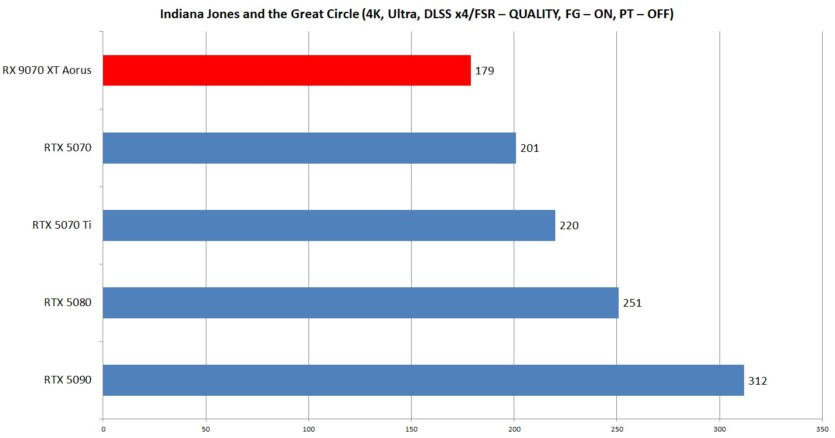
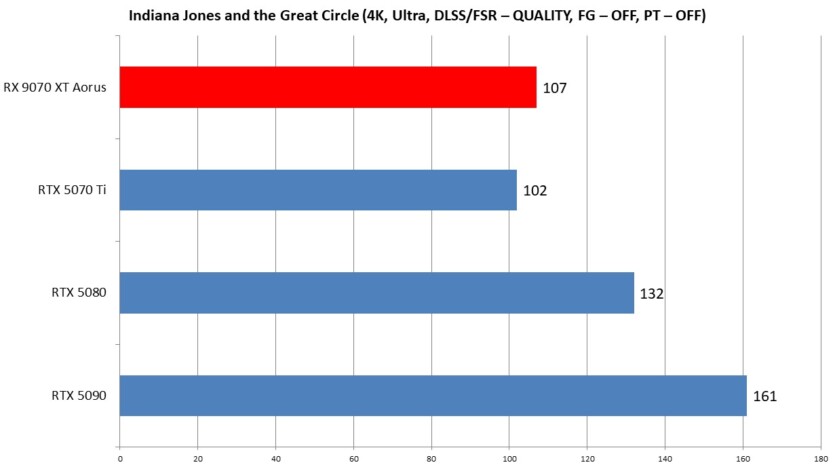
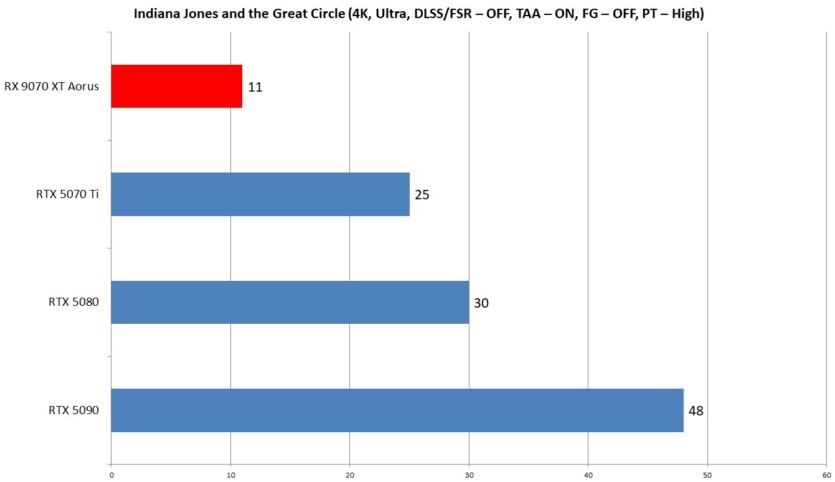
I don’t recommend enabling Pathtracing in 4K for owners of AMD graphics cards, otherwise the jungle will blur into green jelly on your monitors. Without neurotechnology, we will have a scanty number of frames, and with it, artifacts and dropouts appear.
But on QuadHD, there will be no obstacles to comfortable gameplay. With FSR and the frame generator turned off, we get 106 FPS, and with all the neurotechnologies enabled, we can play at 221 frames per second. This will be more than enough for owners of high-performance gaming monitors.
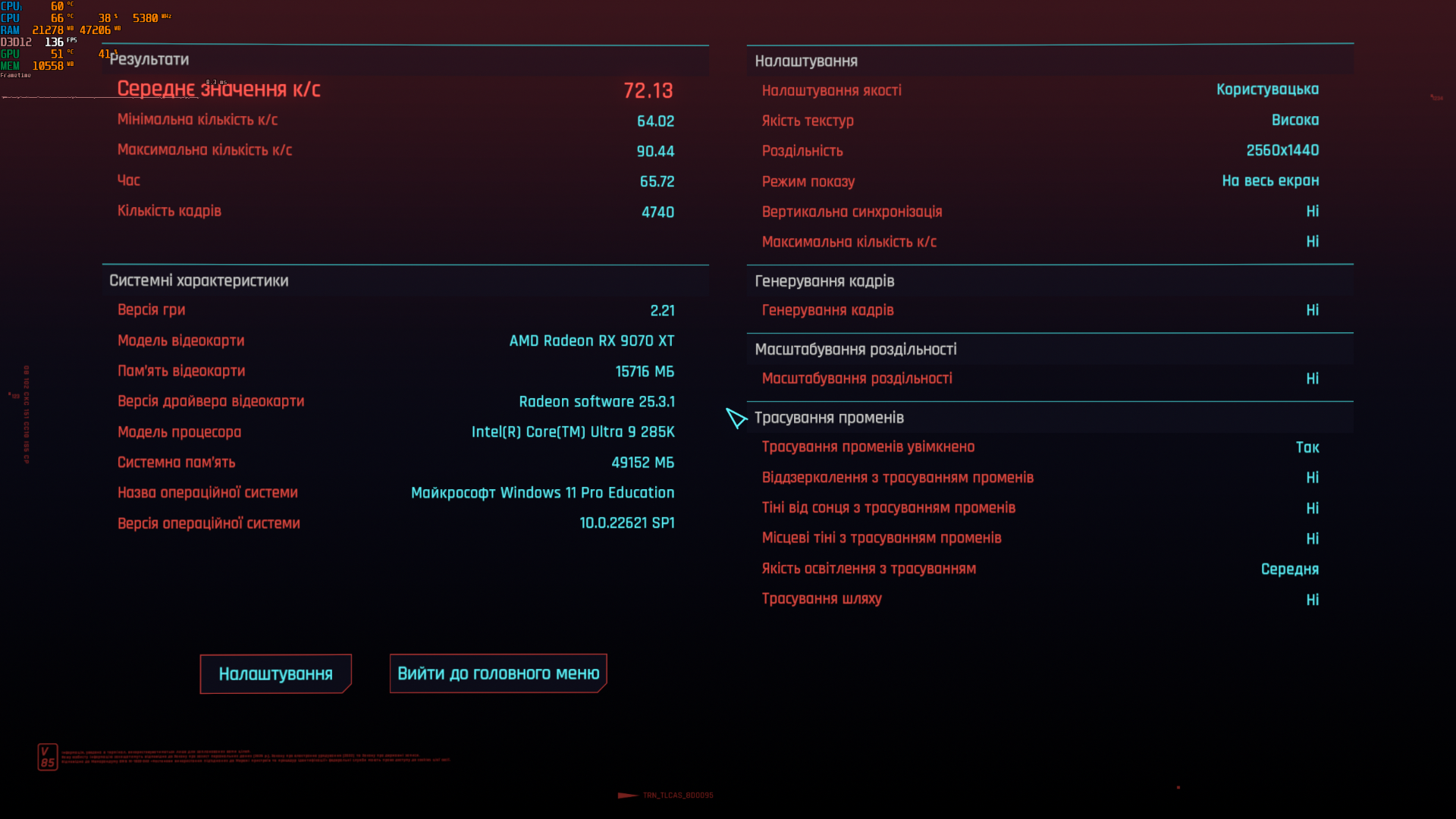
Cyberpunk is one of those games in which AMD graphics cards show excellent results and even outperform their opponent NVIDIA RTX 5070 Ti. At high graphics settings and with Path Tracing enabled, this game consumes about 11.2 GB of video memory. At the same time, the fans are spinning at full speedIn general, I don’t advise you to turn on this mode, but to switch to regular 4K and ultra graphics settings with Ray Traycing.

Silent Hill 2 still continues to mock video cards, regardless of their characteristics or price Gigabyte Radeon RX 9070 XT AORUS ELITE in 4K without the help of neurotechnology shows the same result as the previous version by ASUS, within the statistical error.
| Silent Hill 2 Remake | RTX 5090 | RTX 5080 | RTX 5070 Ti | RX 9070 XT | RTX 5070 | RX 9070 XT Aorus |
| 4K, Epic, DLSS/FSR + FG – OFF | 85 | 55 | 46 | 32 | 37 | 32 |
| 4K, Epic, DLSS/FSR + FG – OFF, RT | 70 | 50 | 39 | 29 | 30 | 29 |
| 4K, Epic, DLSS/FSR – ON, Ray Tracing | 103 | 70 | 67 | 64 | 58 | 66 |
| QuadHD, Epic, DLSS/FSR + FG – ON, RT | 205 | 105 | 98 | 105 | 103 | 108 |
In this case, the video card from NVIDIA dominates. Also Gigabyte Radeon RX 9070 XT AORUS ELITE ray tracing mode is very difficult to use. If you turn it on, be prepared for frame drops and delays. Without ray tracing, the frame rate stabilizes and the game becomes enjoyable.
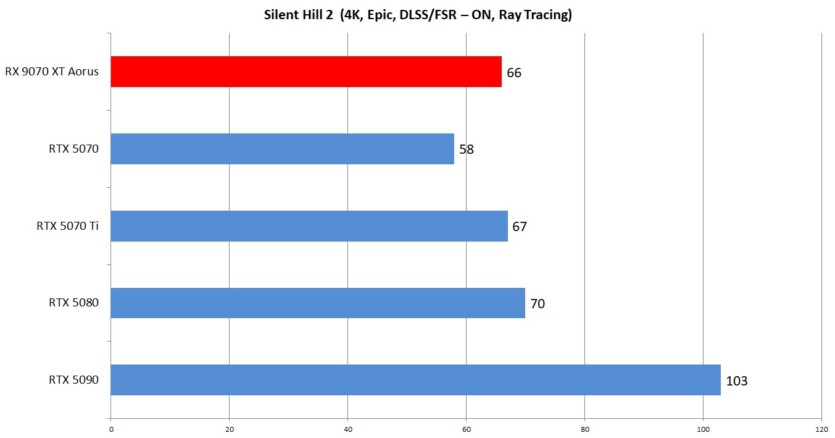

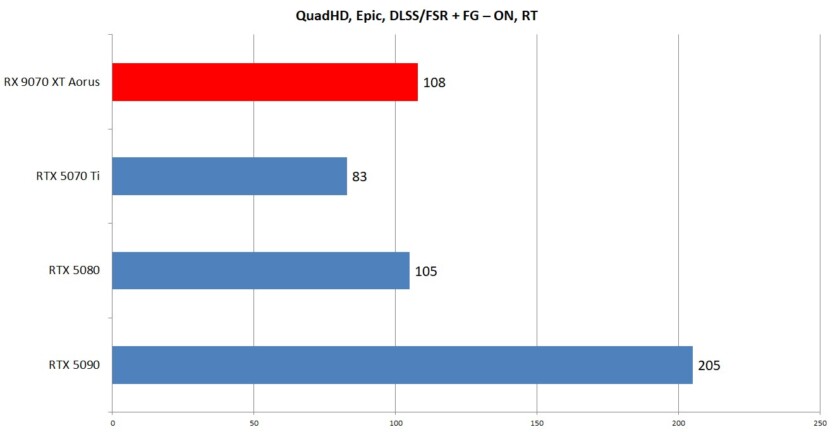
There are no issues with QuadHD at all. The FPS counter will steadily cross the 100 frames per second mark even with tracing, provided FSR is enabled.

The rather heavy and demanding Remnant 2 works well with AMD graphics cards and Gigabyte Radeon RX 9070 XT AORUS ELITE is no exception. Even in 4K without any help, we can see 58 frames per second. But still, I advise you not to neglect modern technologies and enable FSR with a frame generator.

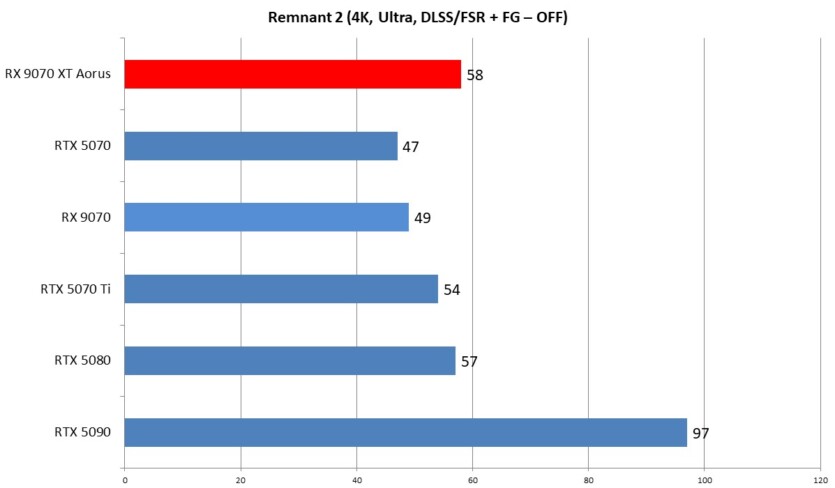
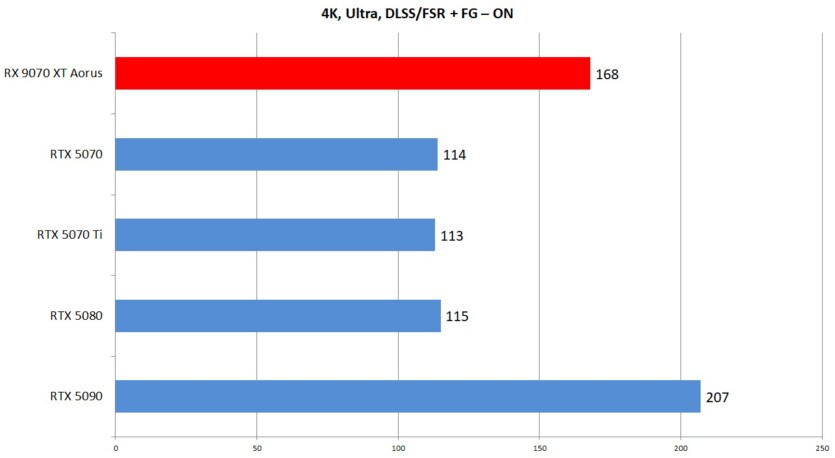
| Remnant 2 | RTX 5090 | RTX 5080 | RTX 5070 Ti | RX 9070 | RTX 5070 | RX 9070 XT Aorus |
| 4K, Ultra, DLSS/FSR + FG – OFF | 97 | 57 | 54 | 49 | 47 | 58 |
| 4K, Ultra, DLSS/FSR + FG – ON | 207 | 115 | 113 | 158 | 114 | 168 |
| QuadHD, Ultra, DLSS/FSR + FG – OFF | 218 | 190 | 183 | 87 | 80 | 96 |
Then you will get 168 fps on your screen, which will give you additional advantages in difficult battles with local flora and fauna, as well as with strong bosses. In QuadHD, the gameplay will be even more comfortable. Counter-Strike in eSports mode is still on the side of the green camp. In this case, Gigabyte Radeon RX 9070 XT AORUS ELITE demonstrates 435 fps. It’s also not bad and bigger than the previous model by Asus which could not boast such high frequencies. Those who like «right-handed» graphical settings can easily turn on 4K resolution and the highest preset and enjoy gameplay at 128 frames per second.
Counter-Strike in eSports mode is still on the side of the green camp. In this case, Gigabyte Radeon RX 9070 XT AORUS ELITE demonstrates 435 fps. It’s also not bad and bigger than the previous model by Asus which could not boast such high frequencies. Those who like «right-handed» graphical settings can easily turn on 4K resolution and the highest preset and enjoy gameplay at 128 frames per second.
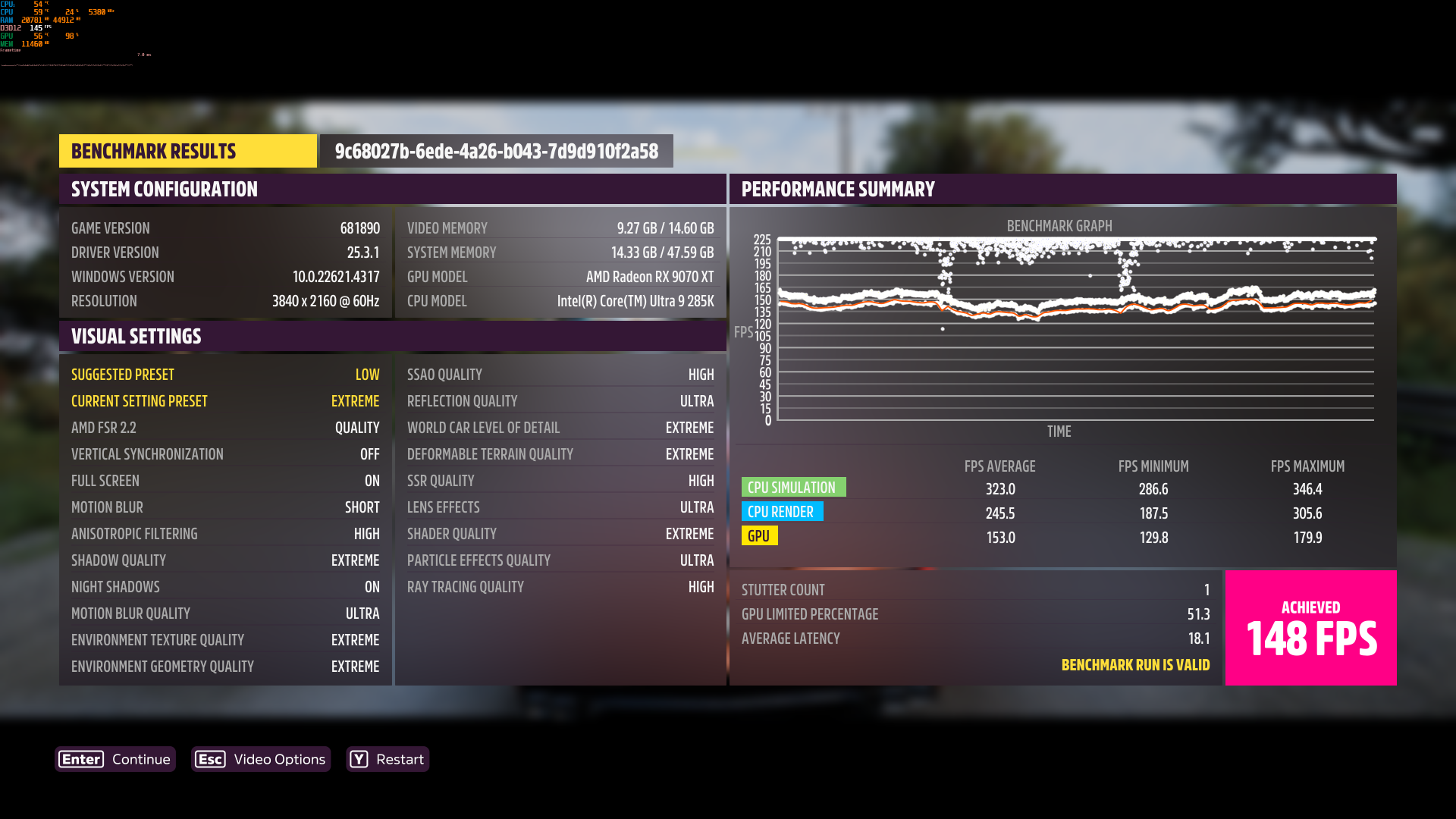
Forza Horizon 5 after the latest update for some reason shows almost the same performance, both with and without frame generation and FSR. In 4K, we have a stable 140+ frames per second, which is almost a benchmark for owners of 144Hz gaming monitors.

But where the developers have done real bug fixing is in A Plague Tale Requiem. In this game, the RX 9070 XT now shows 8 more frames than in previous tests in 4K mode without FSR and frame generation. As we remember, there were problems with this in previous testing. In QuadHD, you can easily turn on tracing and wander through the gloomy Middle Ages at over 100 fps.
Power consumption, noise and heat
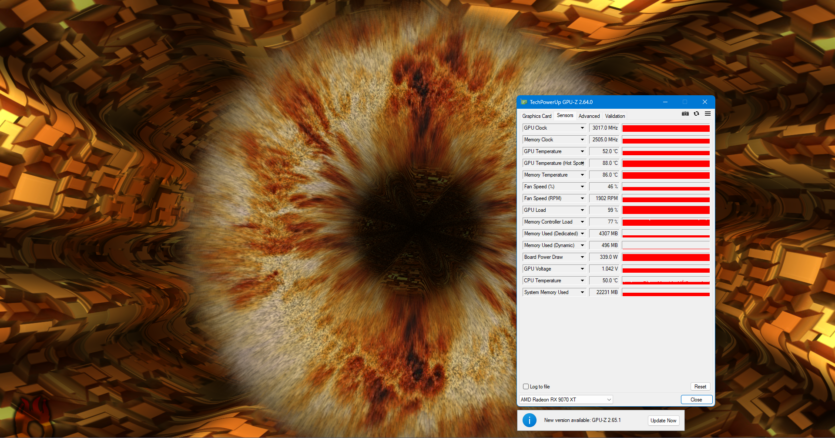
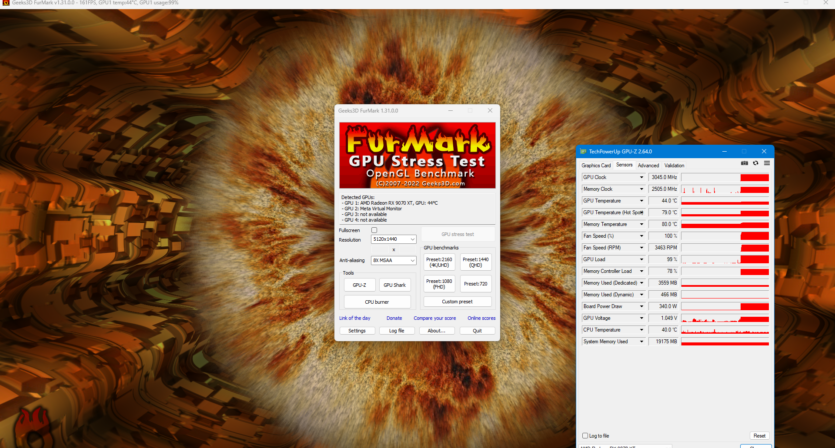
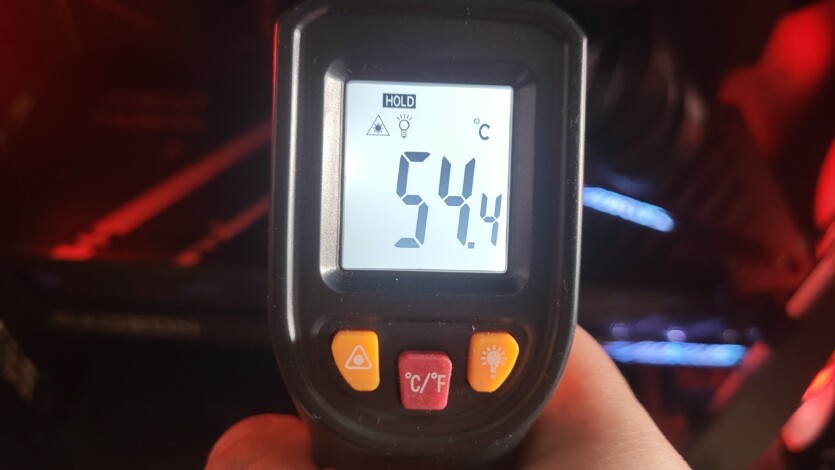
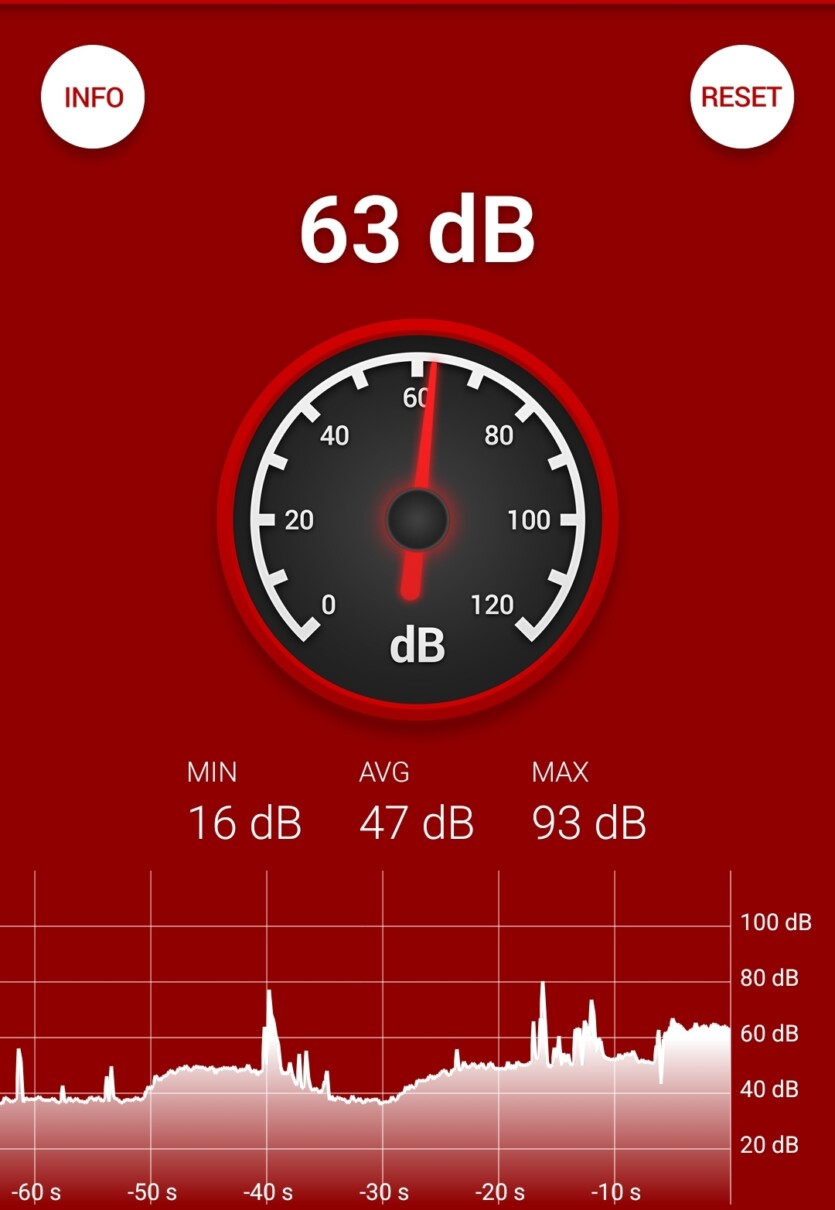
Under load, the Gigabyte Radeon RX 9070 XT AORUS ELITE consumes a maximum of 340 watts. At idle, the average value at the desktop is about 9.5 watts. The card requires three 8-pin connectors and an 850W power supply, which is in line with its status as an overclocked model. Although RDNA 4 is more energy efficient than RDNA 3, the high frequencies of the RX 9070 XT slightly reduce this advantage.
Despite its size, the weight of the video card is relatively low, which immediately hints at potential problems with heat dissipation. Practice shows that no heat-conducting gels will help where a good piece of copper and a few extra heat pipes are needed.
| Revolutions per minute | GPU, °C | HOTSPOT, °C | MEMORY, °C | Noise level, dB |
| 1906 | 52 | 88 | 86 | 41 |
| 3471 | 44 | 80 | 80 | 62 |
Although the temperatures under load on the GPU are low, averaging 55.5°C, the hot spot heats up to 88°C and the Hynix memory to 86°C. Moreover, increasing the fan speed does little to help the situation, but turns the computer into a Boeing that rises to the skies. The plate clearly shows how an almost twofold increase in fan speed does not reduce the temperature by even 10 degrees.The WINDFORCE cooling system demonstrated an average temperature of about 42°C on the GPU (hot spot – 45.0°C) at idle. If you keep the fan speed at around 1900-2000 rpm,the general background remains quite quiet and does not manifest itself against the system.
Our own experience of using
I spent a few weeks with the Gigabyte Radeon RX 9070 XT AORUS ELITE, testing it in games, video editing, and streaming. My impressions of the card are generally positive, although there are a few nuances that are worth mentioning.
At 1440p, games like Call of Duty: Black Ops 6 and Dragon Age: The Veilguard, ran extremely smoothly even with ray-tracing enabled. FSR 4 significantly improved performance without any noticeable loss of quality, which was especially noticeable in Warhammer 40K: Space Marine 2. In 4K for Cyberpunk 2077 with RT Ultra, I had to lower some settings, but the result was still decent. The only disappointment was the limited support for FSR 4 in older games, which forced us to rely on FSR 3 or play without scaling.
The improved media engine proved to be useful when encoding AV1 videos for YouTube. I tested the card in OBS for streaming, and the image quality was close to NVIDIA, although for professional streaming, NVIDIA still has the advantage due to wider software support. Editing 4K video in DaVinci Resolve was smooth, and the AI features in Adrenalin Software, such as the chatbot for optimizing settings, were a nice bonus.
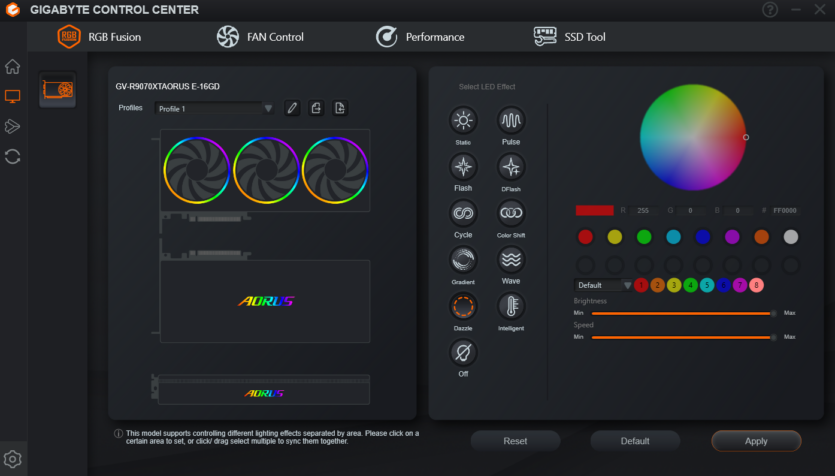
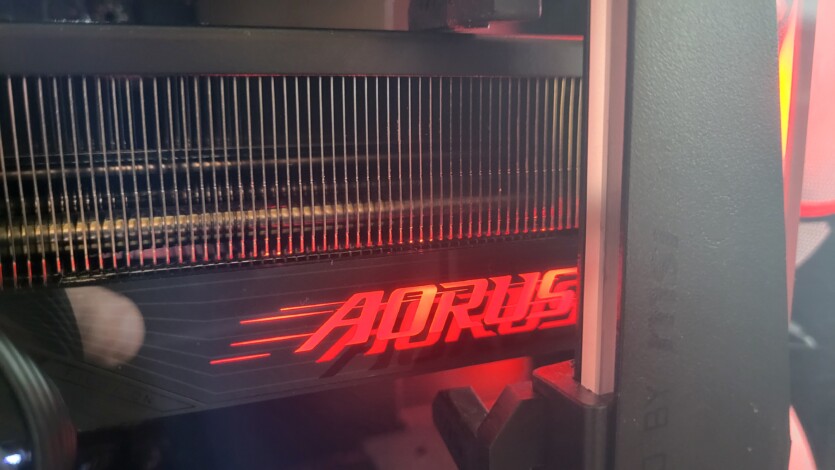
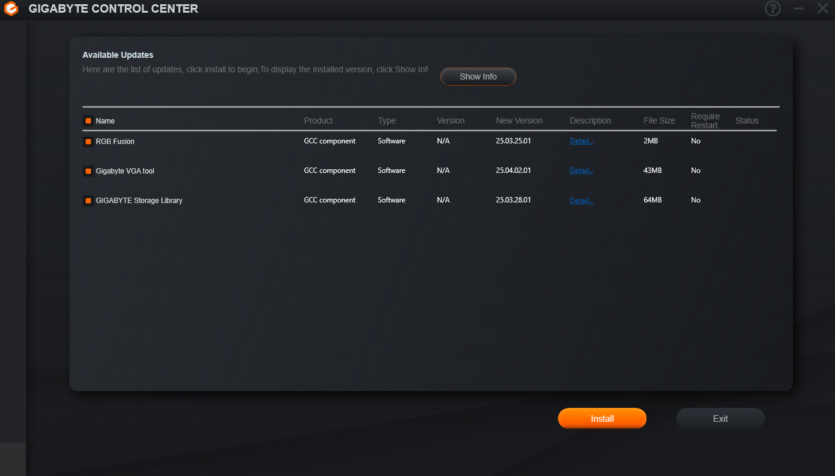
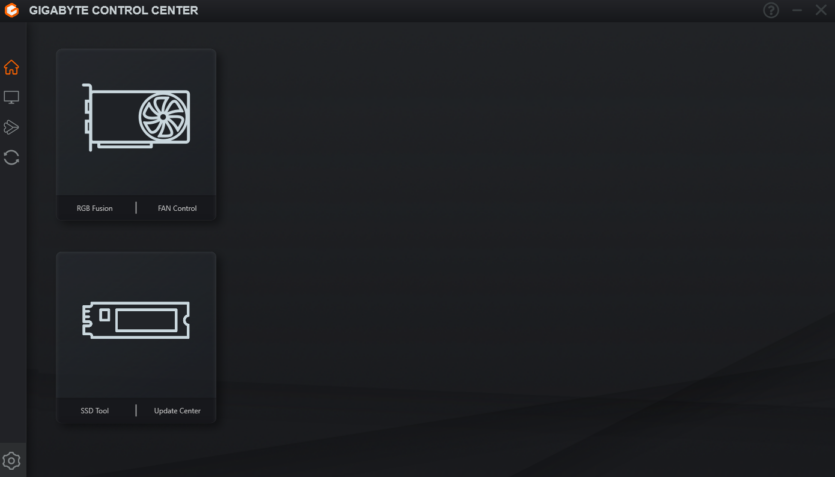
But it was not without its problems. The Gigabyte Control Center program sometimes glitched when adjusting the RGB backlight, which required several restarts. Also, the initial fan settings required manual correction to avoid excessive noise. The AMD Adrenalin drivers worked stably, but I noticed that in some games (for example, Counter-Strike 2) the performance was lower than that of NVIDIA competitors, which may be due to optimization.
I tried to overclock the video card a bit and do a little downvolting. This added 5% of performance and minus 20 watts to the maximum power consumption. In general, in «straight hands» it can be optimized.
Prices and competitors
Gigabyte Radeon RX 9070 XT AORUS ELITE can be purchased at a price starting at UAH 36,999. Compared to competitive solutions, this price is justified by the factory overclocking and pleasant design.
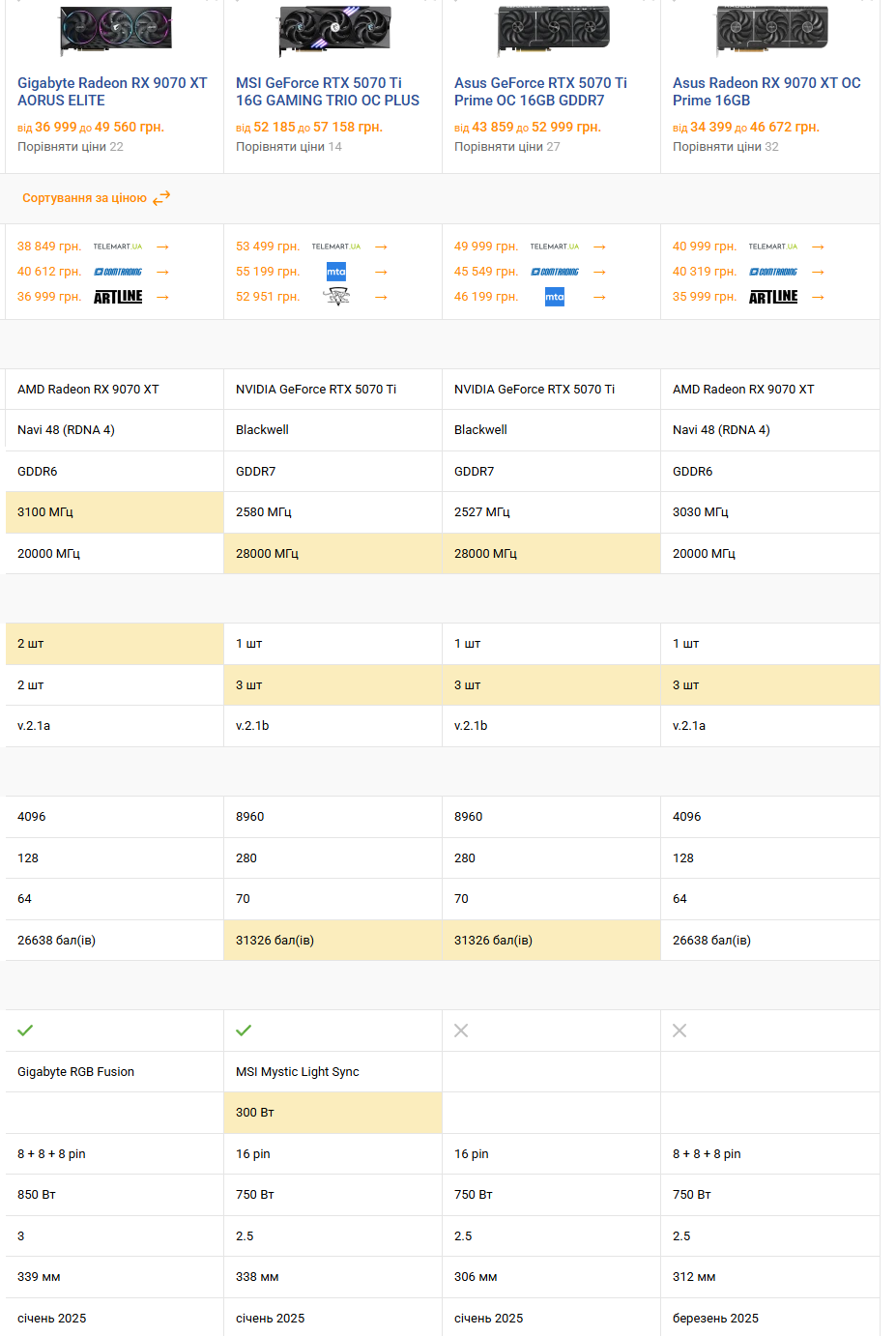
If you don’t like the backlighting and gamer design features, you can look away Asus Radeon RX 9070 XT OC Prime 16GB, which has already been on our editorial review. But keep in mind that Asus has a worse cooling system and lower frequencies.
Those who do not want to put up with poor performance will have to consider options from NVIDIA. This is where the following come to the rescue MSI GeForce RTX 5070 Ti 16G GAMING TRIO OC PLUS and Asus GeForce RTX 5070 Ti Prime OC 16GB GDDR7. The former boasts an ultra-cooling system, but the overpayment of UAH 16,000 may scare off many potential buyers.
The Asus solution is not so expensive and will suit those who are willing to overpay 8000 UAH for DLSS4 and efficiency in work tasks that require acceleration at the video card level.

Spelling error report
The following text will be sent to our editors: